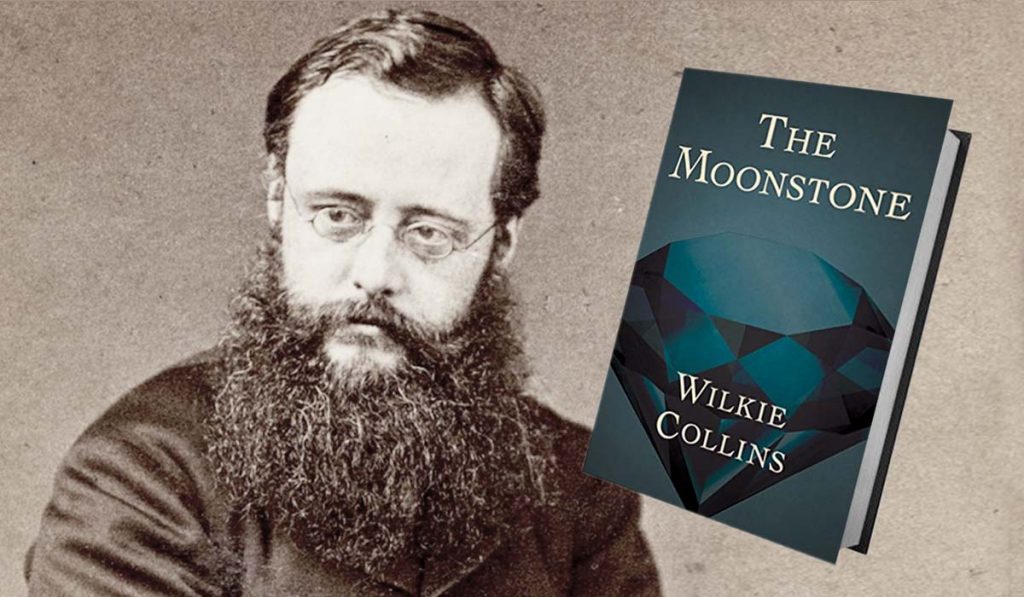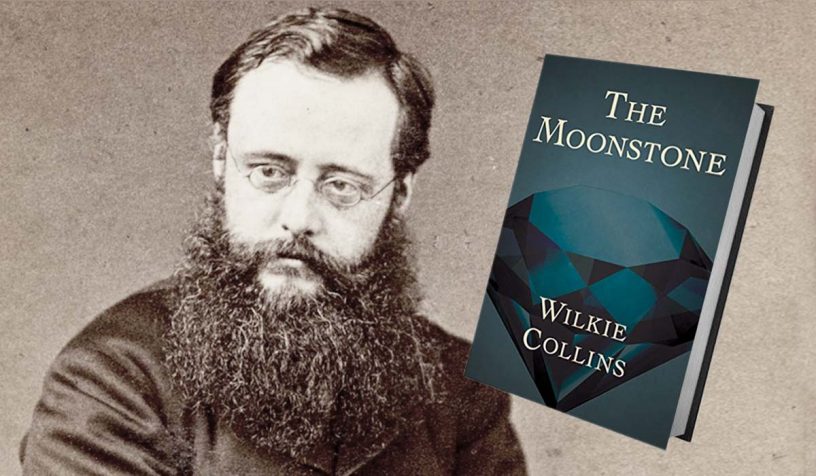
The author presents evidence for Wilkie Collins’ novel The Moonstone being encrypted with principles of Vedanta and ancient Indian dream theories from the Mandukya Upanishad and its commentaries by Gaudapadacharya and Shankaracharya.
Author
Arup K. Chatterjee, Associate Professor, Jindal Global Law School, O.P. Jindal Global University, Sonipat, Haryana, India.
Summary
Wilkie Collins’ novel The Moonstone (1868) has sustained interests of dream theorists and postcolonial critics alike. Franklin Blake’s censored dream—and his somnambulant theft of the eponymous diamond—was a pioneering thought experiment by Collins, who is also believed to have invented the English detective novel.
The question, whether Blake’s supposed dream and somnambulism was constituted by traces of his conscious waking experience, or emerged from an unconscious source, remains unanswered as the contents of the dream are not known.
Taking The Moonstone beyond the ambit of postcolonial criticism and reading it simply as a subversion of British imperialism from within, the author presents evidence for the novel being encrypted with principles of Vedanta and ancient Indian dream theories from the Mandukya Upanishad and its commentaries by Gaudapadacharya and Shankaracharya.
Also, going beyond the continuity hypothesis, which considers dreaming activity to be reconstituted from particles of residual memory of waking experiences, the researcher further argues that Collins had inadvertently paved the way for a nonlocal spatiality of the dreaming mind and a quantum particle-wave model for dream stimuli and interpretation.
Published in: International Journal of Dream Research
To read the full article, please click here.


